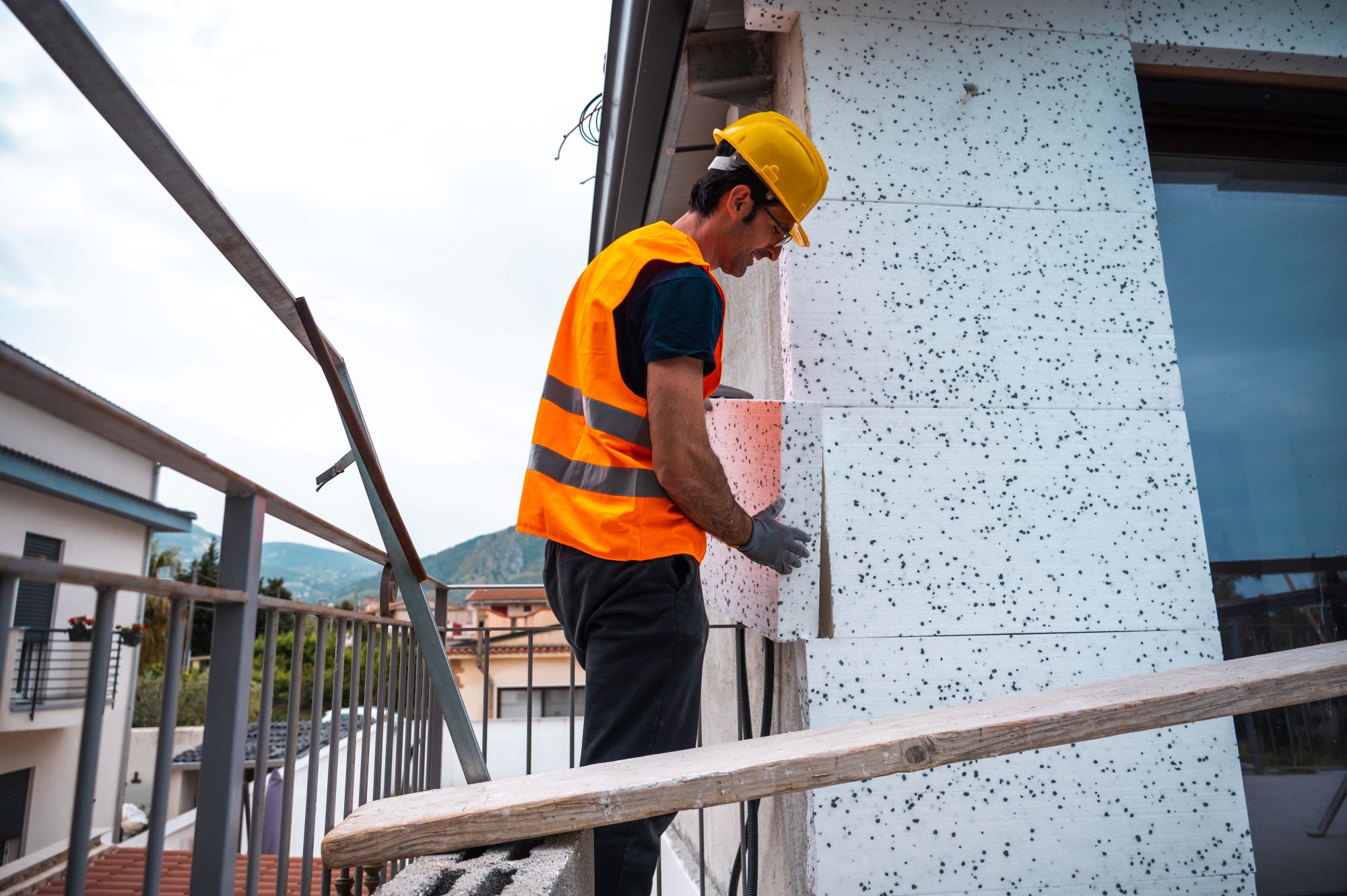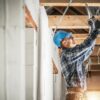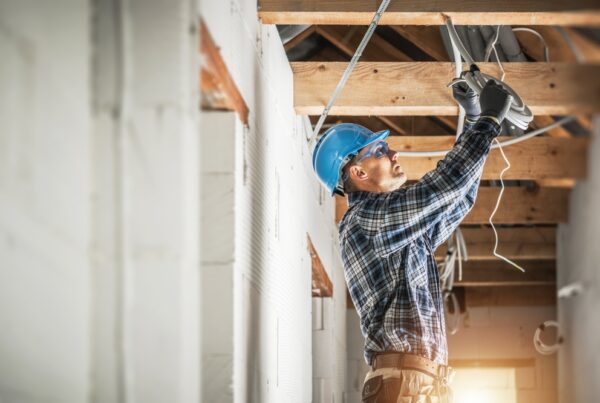Cladding is a vital construction technique that has been in use for decades. Unfortunately, certain tragedies have raised questions around the safety of using cladding in countries across the world, the most notable event in recent years being the Grenfell Tower tragedy in London, UK.

The Australian Government has been working to support affected residents and local councils to address short-term safety risks involved in buildings that have combustable cladding installed.
So, what is cladding in construction, and why is it used if there’s a risk of fire?
It’s important to understand that not all cladding is the same, and thus, not all cladding poses a fire risk.
Why is cladding used in construction?
Cladding has a number of benefits in construction. While it’s not load-bearing, cladding can offer durability and moisture resistance to external walls for protection against harsh weather conditions.
It also offers some limited sound and thermal insulation, though this depends on material quality.
Cladding materials may be made from wood, brick, metal, or vinyl.
These panels often feature two metal outer layers with a non-metal core, which may use composite materials that include aluminium cladding, polyethylene, and other materials.
Is all cladding dangerous?
The risk of fire to cladding depends on the manufacturing method; specifically, the type and amount of cladding material used.
Metal composite panels (MCP) that include a polyethylene core of 30% or higher density have been identified as the greatest risk.
Some sources have ranked cladding to highlight cladding materials that pose the greatest risk. The most-dangerous types have been said to include:
- Timber cladding materials
- Brick and mortar cladding
- Vinyl cladding
With recent events involving buildings catching fire that spread quickly, there’s been a greater focus on the manufacturing method used in cladding, and the core material used, which will reduce similar risks in future constructions.
The same investigations have sought to rectify existing problems, where buildings have dangerous cladding installed.

Safety concerns involving cladding
Not all cladding systems are considered at-risk, and with newer buildings, most cladding materials are relatively safe.
To-date, the Australian Government has identified around 600 buildings in New South Wales, 600 in Victoria, and 237 in Queensland that have at-risk cladding installed.
The government launched an audit in 2017, seeking to examine all existing apartment blocks, in addition to hospitals, schools, hotels, residential care homes, and student buildings.
After identifying at-risk buildings, the government worked to prioritise work on buildings that had fire-safety issues and combustable cladding.
A building levy was also imposed on construction companies to cover the cost of the works using taxation on future property developments.
Each jurisdiction across Australia is now at varying stages of addressing the problem.
Australian Capital Territory
The ACT Government released plans to support cladding replacement efforts on private buildings at the end of 2020. These efforts are broken down into two stages, with the first stage focused on assessment and identification of affected buildings, and the latter on rectifying problems.
New South Wales
The NSW Government launched an initiative known as “Project Remediate,” which is one of the most significant responses seen to the cladding problem in Australia. Owners corporations are able to obtain 10-year, interest-free loans to support remediation efforts. The government also provided funding of almost $140m for project management efforts and quality assurance.
Northern Territory
Unfortunately, the NT Government has not yet launched any significant efforts to address the risk of unsafe cladding. The government’s “Non-conforming building products” guidance has not yet been updated with any reference to cladding, nor has the Building Act 1993 by which the National Construction Code operates, under the Australian Building Codes Board (ABCB).
Queensland
In Queensland, the government has been in discussions around cladding since 2018, but no formal support has yet been offered. Instead, it’s expected that corporate companies should identify and rectify problems themselves. Despite hundreds of at-risk buildings being identified, and the Palaszczuk Government banning cladding on new installations, there are still many buildings facing potential fire risks.









